Although far behind Huelva, which accounts for more than 96% of the Spanish strawberry production, the latest data on production, area, and crop yields shared by the Spanish Ministry of Agriculture, Fisheries and Food revealed that the second largest strawberry production area in Spain is the Canary Islands; a region that is suffering the same problems as Huelva, despite its distinct climatic and geographical characteristics.
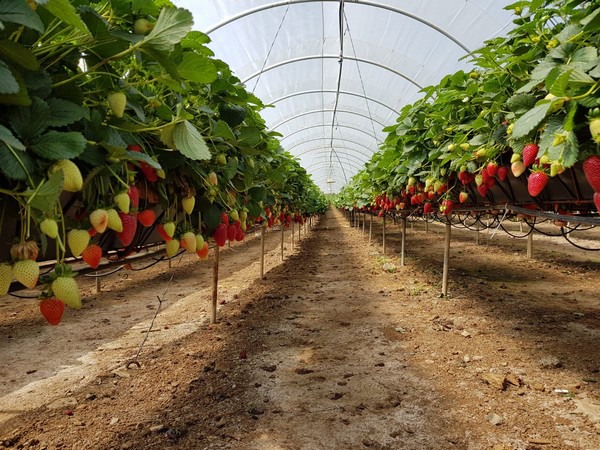
"This has so far been a very atypical year in terms of production and sales. In the Valley of Valsequillo, in Gran Canaria, there are about 35 hectares in production which yield 1,200,000 kilos of strawberries per year. This fruit is consumed in the Canary Islands. We ship some to other islands, but we cannot export them because our production costs are very high," says Juan Miguel Gil, manager of Finca La Palma.
In fact, they are "abysmally high compared to those of the mainland" since all inputs, from cardboard to greenhouse plastics, come from outside the islands. "Water is another major expense. We hear that on the mainland, they are having problems because of the price of water, but here we are paying one Euro per cubic meter of irrigation water," said Juan Miguel.
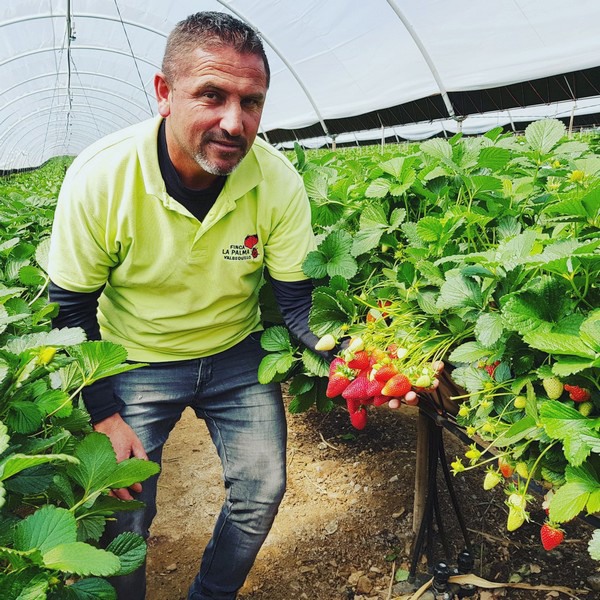
"This year, we must also take into account that our strawberry production is down by 30%; a similar figure to that recently reported by Freshuelva," said the also president of Frescanarias, "and the origin of the problem is in the strawberry plant nurseries from the cold areas of the peninsula." Because as Juan Miguel recalls, "In the Canary Islands, there are no strawberry nurseries, so all the plants come from the same place as those grown in Huelva."
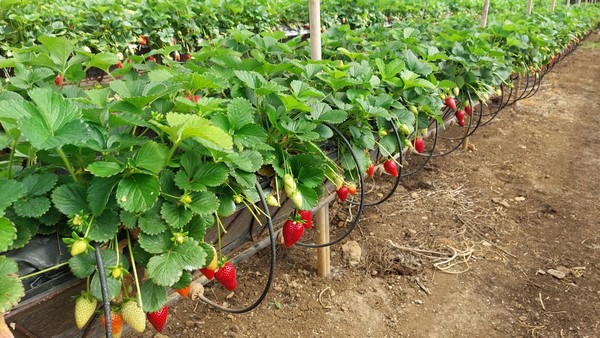
"When the government banned the products for soil disinfection, we were not the only ones who had to stop using them, but also the nurseries, and we think that this has been the problem, together with plant mortality. In Huelva, it was reported that they've had to replace 20% of the roots that they had planted, despite being a day's truck ride away from the nurseries. We are 12 days away, and the loss of plants has amounted to 30%, keeping in mind that it is much more difficult to replace them. If 100,000 plants were bought and 30,000 died, that means that I have eventually lost about 60,000 Euro because the lost plants required the same expenses in fertilizers and labor."
"In March, strawberries from Huelva arrive on the Canary Islands and significantly affect the market"
All this has led Canary strawberry growers to produce less and with delays. "In January and February, we get good prices in the market, but we need to make the most of those months because, in March, the strawberries from Huelva arrive in the Canary Islands and take a significant toll on the market, with prices against which the Canary strawberries cannot compete because of the production costs. At Frescanarias, we managed to get an AIEM of 5% for strawberries from the peninsula, but the price at which we have to sell our strawberries to cover our costs is still much higher."
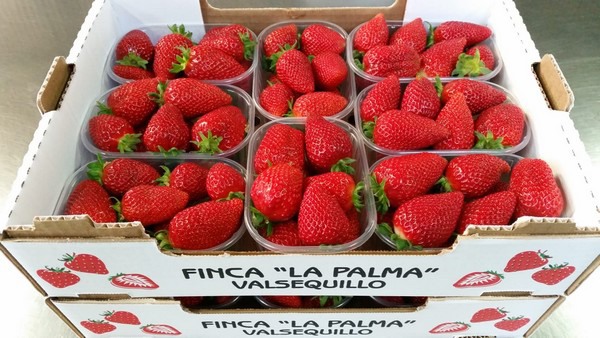
This difficulty is common not only to strawberry growers in Valsequillo but to all Canary growers, who are dealing with the inevitable cost overruns of ultraperipherality and double insularity. "We live in a paradise, but we have this problem, and the worst part is that there are fewer and fewer growers. Fifteen years ago, in front of my farm, there were plots planted with potatoes or with millet, and there were animals... today all you see is desert. I am 46 years old, and I already know that nobody is going to keep my farm when I retire because being an agricultural producer in the Canary Islands is becoming increasingly difficult. Besides, while a banker, who is sitting in an office, retires at 50, a producer who works from sunrise to sunset from Monday to Sunday retires at 67," says Juan Miguel.
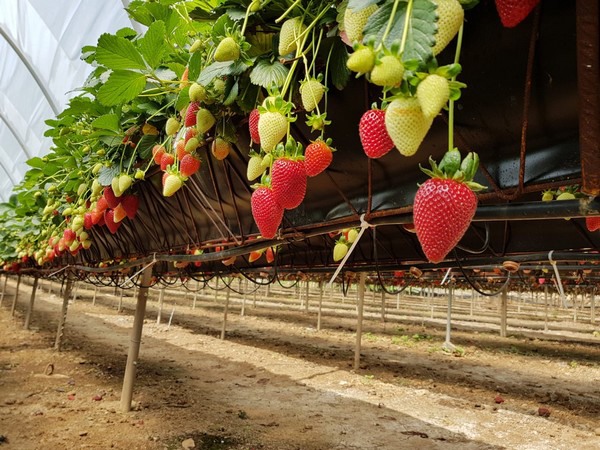
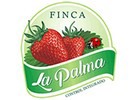 For more information:
For more information:
Finca La Palma
Tel.: +34 670 811 819
info@fincalapalma.es
http://fincalapalma.es
